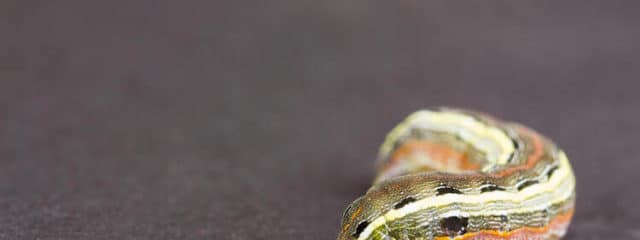Say you’re outdoors having a barbecue, on an evening with clear skies and beautiful weather. What’s one thing that can ruin the entire evening in an instant? That’s right: Yellowjackets are heading toward you, forcing everyone to scramble away before they get stung!
Yellowjackets and wasps are more than a nuisance; they’re a threat to your health and that of your family. It is essential that you deal with these insects and all other stinging pests that set up shop in your yard. By understanding the distinction between yellowjackets and wasps and the best way to deal with each, you can keep your family safe and enjoy every minute of summer.
What is the Difference Between a Yellowjacket & a Paper Wasp?
Technically, yellowjackets are wasps or a particular species of paper wasp. But people tend to think of them separately because they’re so much more aggressive than paper wasps. Yellowjackets and paper wasps both create new nets in the spring with a singular fertilized queen. However, yellowjackets tend to construct underground nests while paper wasps tend to construct nests in trees or on the outside eaves of buildings.
Because yellowjacket and paper wasp workers have to defend their queen and developing larvae from harm, these insects can be highly aggressive, and will often attack anyone they encounter. Yellowjackets can be dangerous while foraging for food, which they often do at greater distances from the colony. By comparison, paper wasps generally keep to themselves and typically avoid humans wherever they find them. Yellowjackets are some of the most likely wasps to attack you.
In addition to being highly aggressive, yellowjackets, as well as paper wasps, have the ability to sting you multiple times. This is a significant threat given that the typical yellowjacket colony can contain up to 15,000 insects in it. Even if no one in your family is allergic, if you have a yellowjacket nest on your property, it may pose a serious threat to your health and even your life! Add to this that they tend to build their nests inside holes in your house’s walls and ceiling and the odds of a serious yellowjacket attack are high.
How to Get Rid of Yellowjackets & Wasps
When trying to remove yellowjacket and other wasp nests, many homeowners end up putting themselves at risk and often fail to make much progress toward eliminating them. You need to remember the dos and don’ts of wasp removal, which include:
DO avoid leaving out sugary or Protein-laden food. Keep this food inside or covered until you’re ready to eat it. This way, you won’t be attracting wasps to your location, limiting your risk until you can get the nest removed.
DON’T attack all wasps indiscriminately! Not only are some wasps good for your yard, but there’s also a risk that you could mistake bees for wasps and kill them, too. Bees are already dying in alarming numbers, and certain bees are protected by law so you could face a heavy fine if you kill them. Instead, make 100 percent sure the insects you’re dealing with are harmful wasps before you go after them.
DO remove wasp nests in the winter if you find them then. Most wasps die when the weather gets cold, while the queen survives in a dormant state. There is little risk to removing them at this time, especially if you live somewhere with a cold climate.
DON’T remove wasp nests by yourself in the summer. If you think yellowjackets are aggressive when you just happen to be near their nest, wait ’til you’re actively trying to destroy it! Even less aggressive species, such as paper wasps, will attack you repeatedly if you disturb their nests. So you should always contact a professional who has the resources to remove the nest safely.
DO prevent future wasp infestations from starting by moving flowers away from the house, minimizing sources of food, and otherwise giving the wasps no reason to invade your yard.
Senske pest control technicians have a thorough understanding of yellowjacket and other wasp behavior and know how to remove them safely and effectively. For a free estimate on wasp removal and prevention, give us a call today.







